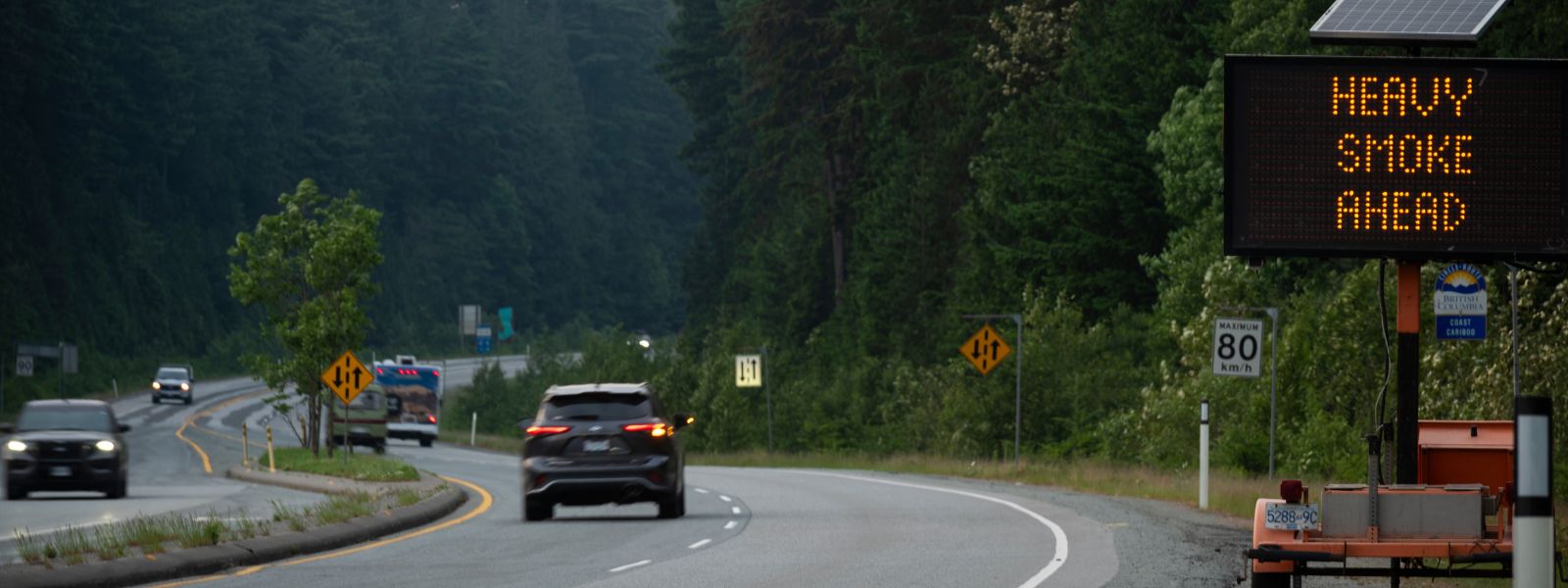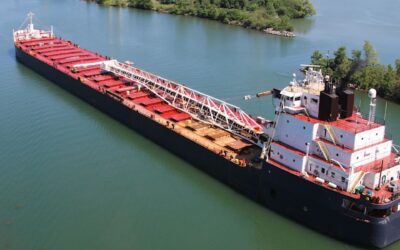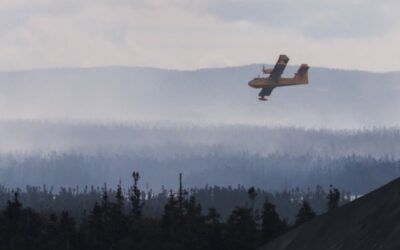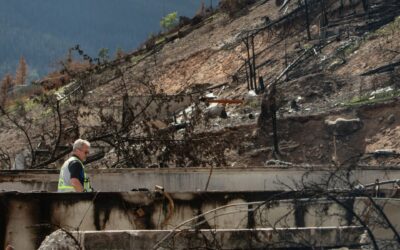This article was previously published in the Globe and Mail.
Wildfires are once again devastating vast areas of our country—from the Prairies to British Columbia and into Northern Ontario. Thousands of residents have been forced to evacuate. Children are being bussed to safety. Smoke is choking towns and cities hundreds of kilometers away. Local leaders are working around the clock—coordinating shelters, mobilizing emergency services, and holding their communities together amid disruption and fear.
These wildfires are not isolated events. They are part of a troubling pattern of more frequent climate-related disasters. What once felt extraordinary is now a regular occurrence. And while communities continue to show remarkable strength, the systems meant to support them are under strain.
The climate emergency is here and it is a test. It is a test of how well our governments and institutions can manage growing risks and protect Canadians. And it is increasingly an economic challenge as the costs of inaction mount across the country.
Municipal and Indigenous governments are often on the front lines of climate-driven emergencies and impacts. Local leaders and staff play a vital role in crisis response and recovery, but often have limited emergency services capacity, especially in smaller, rural, northern or Indigenous communities which are often disproportionately impacted by wildfires. These constraints can delay response times, strain coordination, and stretch already overburdened personnel.
Municipal governments own and operate roughly 60 per cent of public infrastructure in Canada—but much of it is designed for a more stable climate. As the frequency and severity of climate impacts increase, municipalities face growing costs not only to repair and maintain roads, bridges, sewers and public buildings, but to upgrade them to withstand new levels of risk. Overstretched emergency services combined with vulnerable infrastructure are making it harder for communities to protect residents from climate change and recover from disasters.
We cannot afford to remain trapped in a cycle of reactive disaster response and recovery simply because we have not adequately prioritized proactive risk reduction and resilience. We need a shift in mindset—and in scale.
That starts with fully implementing Canada’s National Adaptation Strategy in a way that helps communities of all sizes. Last week, the Commissioner of the Environment and Sustainable Development correctly identified the need for faster implementation and better intergovernmental coordination.
In that spirit, governments must work together—more quickly and effectively— to steer new development away from high-risk areas, upgrade critical infrastructure to meet future climate conditions, and provide communities and residents with clear, location-specific information to understand their risks. We need to modernize disaster financial assistance to prioritize readiness—not just response. And Canada requires a national, whole-of-society approach to improve coordination for disaster preparedness, response and recovery.
Climate adaptation is not a side issue. It is central to Canada’s economic security. When fires close supply routes or floods take out power systems, the impacts ripple across provinces and industries. Disrupted supply chains, rising insurance costs, and displaced workers are fast becoming national economic risks.
Fortunately, the solutions are clear—and cost-effective. Research from the Canadian Climate Institute shows that every dollar invested in key adaptation measures can yield up to $15 in avoided costs and economic benefits. Climate-resilient building codes, nature-based infrastructure, early warning systems, and local risk mapping are proven tools for reducing vulnerability and minimizing damage. What’s missing is urgency—and coordination.
Local governments are demonstrating leadership in the face of rising climate risks, making critical decisions under pressure and innovating to fill gaps. Federal, provincial, territorial and Indigenous governments also play an important role—providing coordination during emergencies and funding adaptation and preparation. Still, our collective efforts need to be better aligned, more responsive to local needs, and part of a cohesive national strategy for resilience. We need the right tools, policies, resources, and financing—and we must use them effectively to build resilience proactively and respond effectively when disaster strikes.
In this moment of crisis, let’s not wait for the next one. Let’s build the kind of resilience across the country that all Canadians need and deserve—together.








